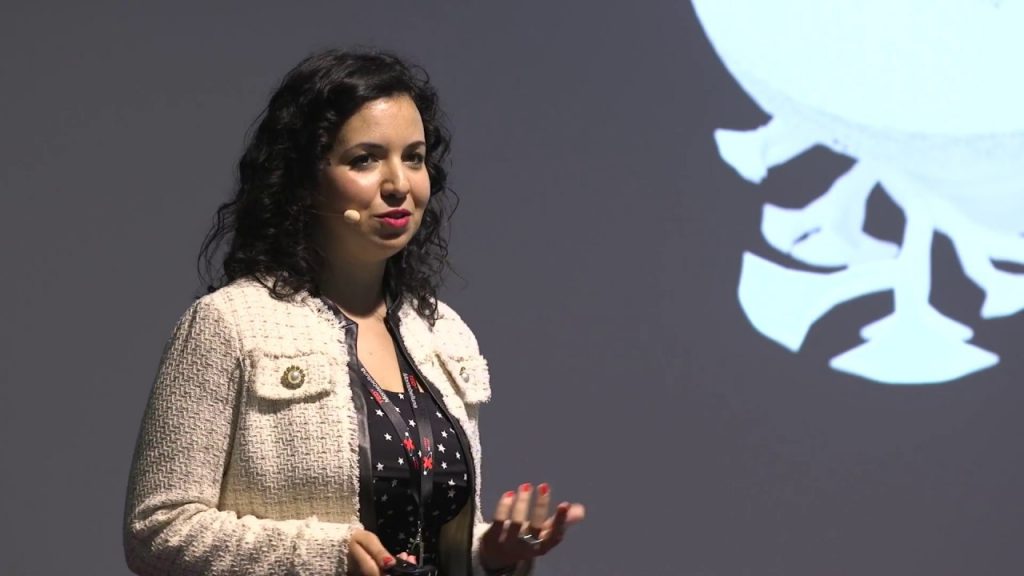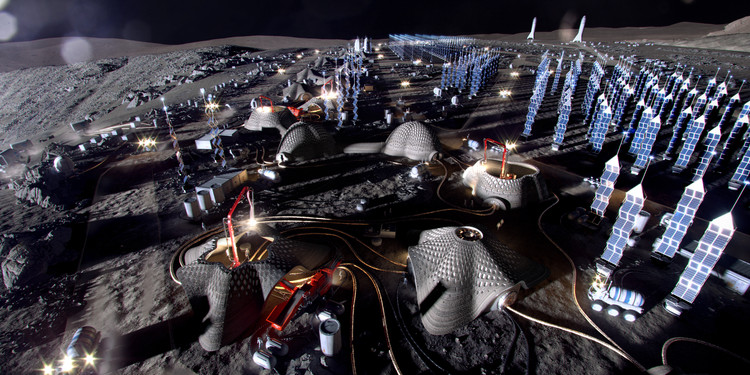Valentina Sumini, Alumna and Visiting Professor of Politecnico di Milano , was nominated “ Ambassador of Italian Design for 2021 ". The title was awarded to her in Washington during the fifth edition of Italian Design Day , promoted by the Italian Embassy to celebrate Italian design and creativity in the world.
"I have always been fascinated by space and already as a student of the Polytechnic I was able to try my hand at tackling a project for the creation of an accommodation infrastructure on the Moon. My desire is to be able to design a structure that allows man to become a multiplanetary species, where the Earth will always be our mother planet " Sumini told Forbes .

According to the architect, due to its natural propensity to travel, the human species is destined to become multi-planetary, and the first stages can only be the Moon and Mars. This is why it is important to be prepared: it is a question of arriving on other planets and staying there, and consequently designing housing solutions is of primary importance.
“The fundamental point from which to start, - declares the Alumna to Sole24ore - it is well to consider the difference between the environment in which we live and have evolved and the other two we consider. Here gravity is decisive, even our body is modeled by millennia and millennia of the action of gravity on our bones, venous system and balance. If we talk about the Moon and Mars instead, we go down to 1/6 for our satellite and to about 1/3 for the Red Planet. A person weighing 60 kilos weighs only 10 on the Moon and about 20 on Mars, to get an idea. The problem, therefore, is not the constant vertical action of gravity, which in practice also pushes buildings downwards, but moves towards the problems given by the difference in temperature and atmospheric pressure and by the presence or absence of radiation harmful to the human being."
Designing for space for architects like Sumini means thinking of three different stadiums : the first is the closest to us, 400 kilometers from the Earth, and consists in retiring the International Space Station - the largest artifact built to date in Space - to transform it into a hotel, to be built right on the skeleton of the ISS. Around the central core, 12 chambers have been designed made of super resistant but also light fabric, to be able to reach orbit more easily, folded.
The second stage involves the realization of the Moon Village project, the settlement on the Moon of a village made up of small houses, each designed for four guests, also built with local materials, how you adjust it. The main criticality of the Moon is the scarcity of water, which is present in limited areas; for this the "houses" will be built in a region at the South Pole of the Satellite, in an area with more availability of water, solar energy and with a constant view of the Earth.
"Never before has it been necessary, almost urgent, to develop an architectural vision on a possible" permanent "lunar settlement that recovers that spirit and gives guidelines and perspectives for sharing and planned development, therefore a real and own masterplan in which residential, infrastructural and productive areas evolve according to a unitary philosophy, a bit as if we refer to the concept of "ideal cities" theorized many times in the past, from Palladio to Le Corbusier " added the architect to Corriere Innovazione .

The last stage is the settlement on Mars : for this reason a crater was chosen in a depressed area of the planet, which would guarantee a greater density of the atmosphere and more water in the subsoil and a lower level of radiation. Most of the premises such as homes, offices, gyms and offices will be underground, under transparent dome
Credits header e home: forbes.it